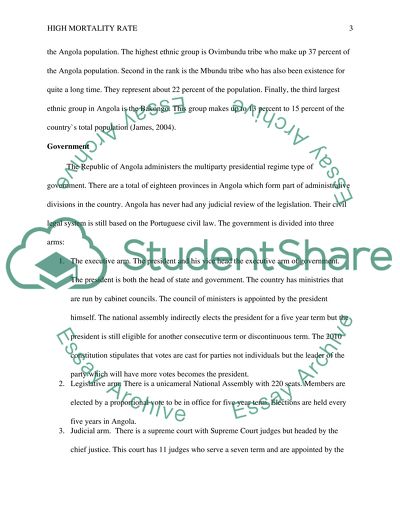Cite this document
(“High mortality rate Essay Example | Topics and Well Written Essays - 1500 words”, n.d.)
Retrieved from https://studentshare.org/nursing/1486305-high-mortality-rate
Retrieved from https://studentshare.org/nursing/1486305-high-mortality-rate
(High Mortality Rate Essay Example | Topics and Well Written Essays - 1500 Words)
https://studentshare.org/nursing/1486305-high-mortality-rate.
https://studentshare.org/nursing/1486305-high-mortality-rate.
“High Mortality Rate Essay Example | Topics and Well Written Essays - 1500 Words”, n.d. https://studentshare.org/nursing/1486305-high-mortality-rate.


